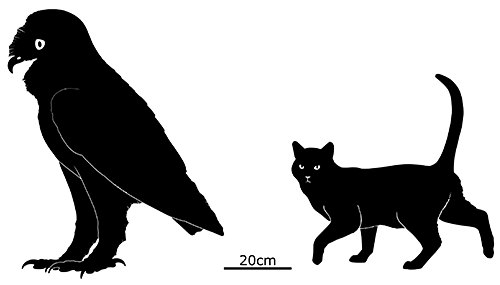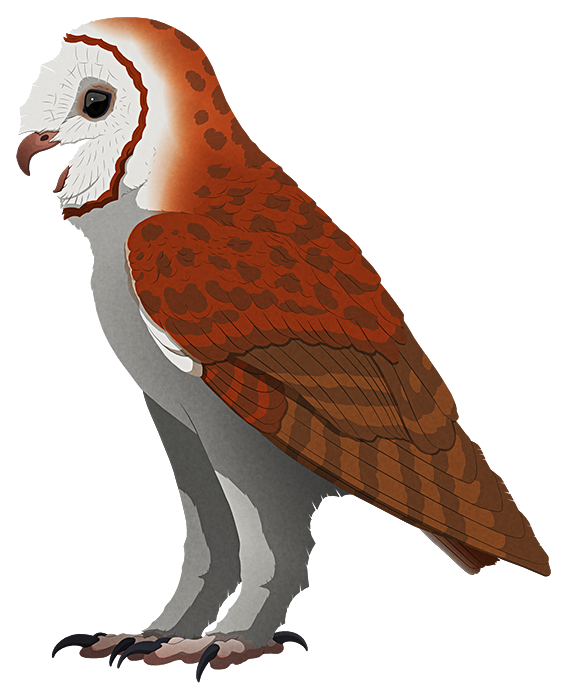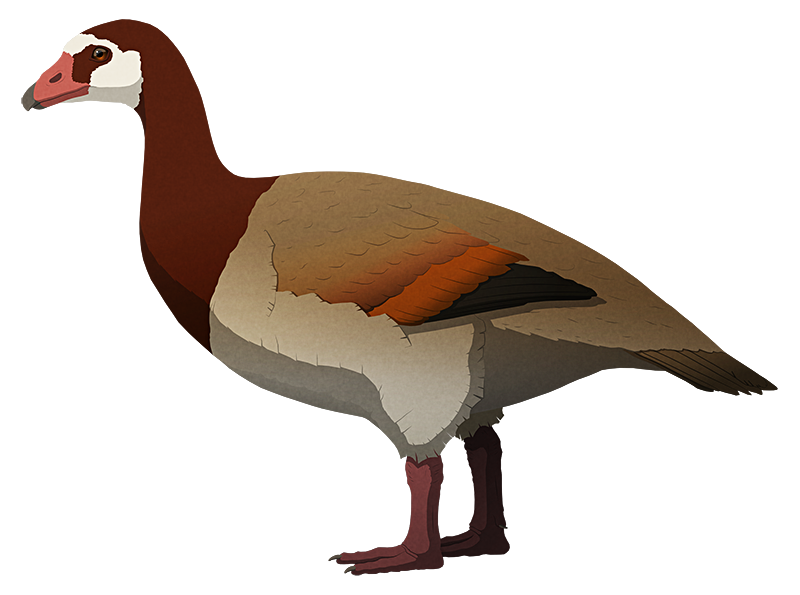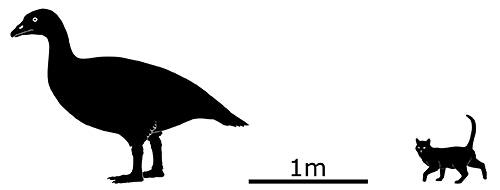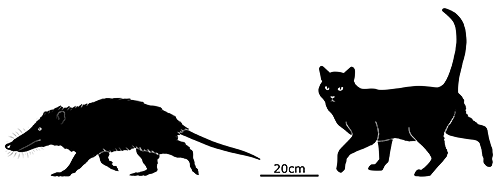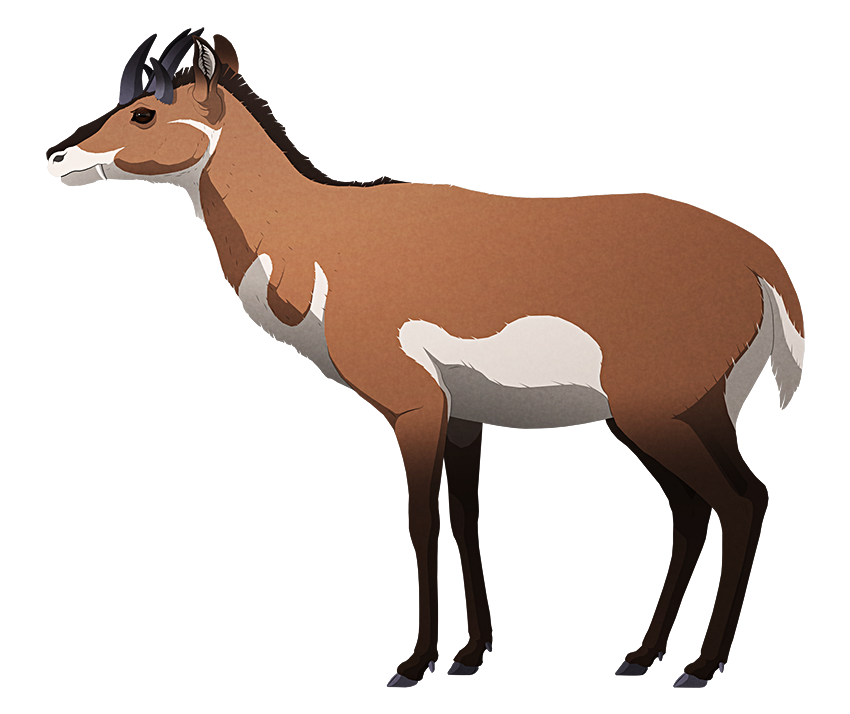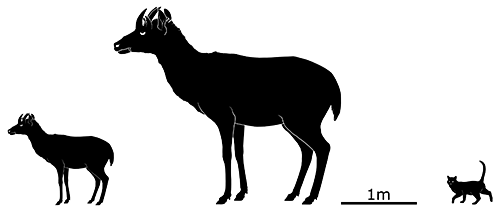The largest terrestrial predators on the Late Miocene Gargano-Scontrone island(s) were unusually big hedgehog-relatives, and likewise the local aerial predators also increased in size compared to most of their cousins on the mainland.
Tyto gigantea was a massive barn owl, estimated to have been at least as large as the modern eagle-owl – probably measuring somewhere around 80cm in length (2′7″). It likely grew so big thanks to the lack of competition and in order to keep up with the larger sizes of its prey, since the rodents and pikas of Gargano-Scontrone were also comparative giants.
Alongside the slightly smaller species Tyto robusta it would have been the dominant nocturnal predator on the island(s), while during the daytime the golden-eagle-sized buzzard Garganoaetus occupied the same large-carnivorous-bird niche.
